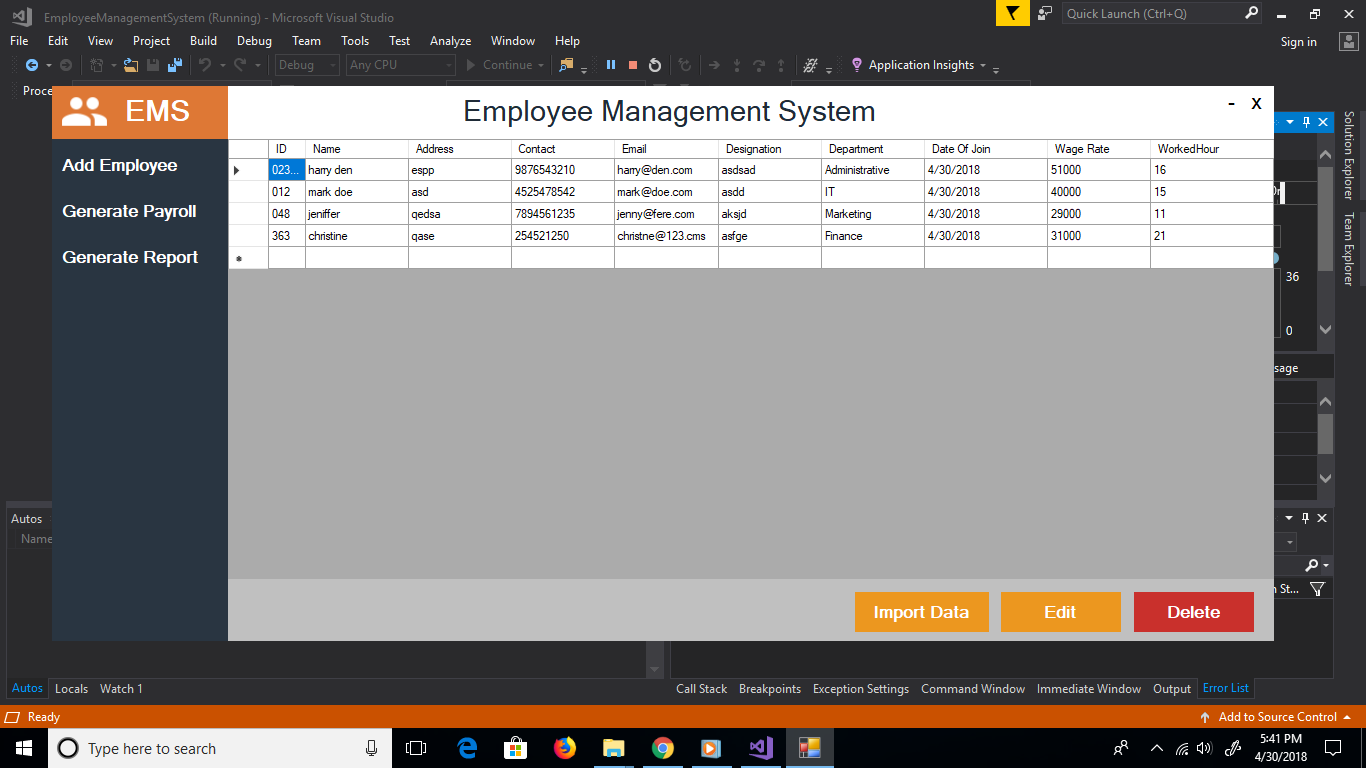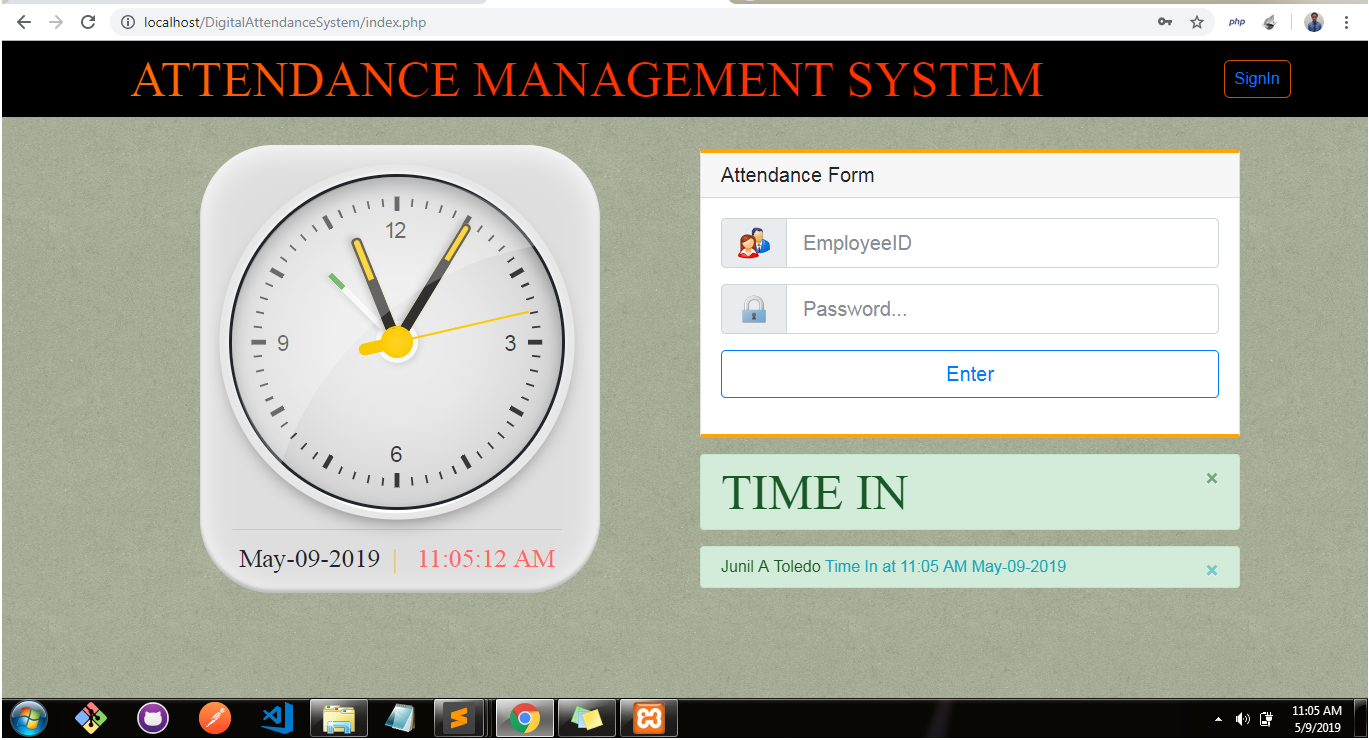

Note − We have two different types of constructors. Java also supports Singleton Classes where you would be able to create only one instance of a class. This constructor has one parameter, name. A class can have more than one constructor.įollowing is an example of a constructor − Example The main rule of constructors is that they should have the same name as the class. If we do not explicitly write a constructor for a class, the Java compiler builds a default constructor for that class.Įach time a new object is created, at least one constructor will be invoked. When discussing about classes, one of the most important sub topic would be constructors. In the above example, barking(), hungry() and sleeping() are methods.įollowing are some of the important topics that need to be discussed when looking into classes of the Java Language. Instance variables can be accessed from inside any method, constructor or blocks of that particular class.Ĭlass variables − Class variables are variables declared within a class, outside any method, with the static keyword.Ī class can have any number of methods to access the value of various kinds of methods. These variables are initialized when the class is instantiated. Instance variables − Instance variables are variables within a class but outside any method. The variable will be declared and initialized within the method and the variable will be destroyed when the method has completed. Local variables − Variables defined inside methods, constructors or blocks are called local variables.

ExampleĪ class can contain any of the following variable types. Classes in JavaĪ class is a blueprint from which individual objects are created.įollowing is a sample of a class.

So in software development, methods operate on the internal state of an object and the object-to-object communication is done via methods. A software object's state is stored in fields and behavior is shown via methods. Software objects also have a state and a behavior. If you compare the software object with a real-world object, they have very similar characteristics.

If we consider a dog, then its state is - name, breed, color, and the behavior is - barking, wagging the tail, running. All these objects have a state and a behavior. If we consider the real-world, we can find many objects around us, cars, dogs, humans, etc. Let us now look deep into what are objects. An object is an instance of a class.Ĭlass − A class can be defined as a template/blueprint that describes the behavior/state that the object of its type support. Example: A dog has states - color, name, breed as well as behaviors – wagging the tail, barking, eating. Object − Objects have states and behaviors. In this chapter, we will look into the concepts - Classes and Objects. As a language that has the Object-Oriented feature, Java supports the following fundamental concepts −


 0 kommentar(er)
0 kommentar(er)
